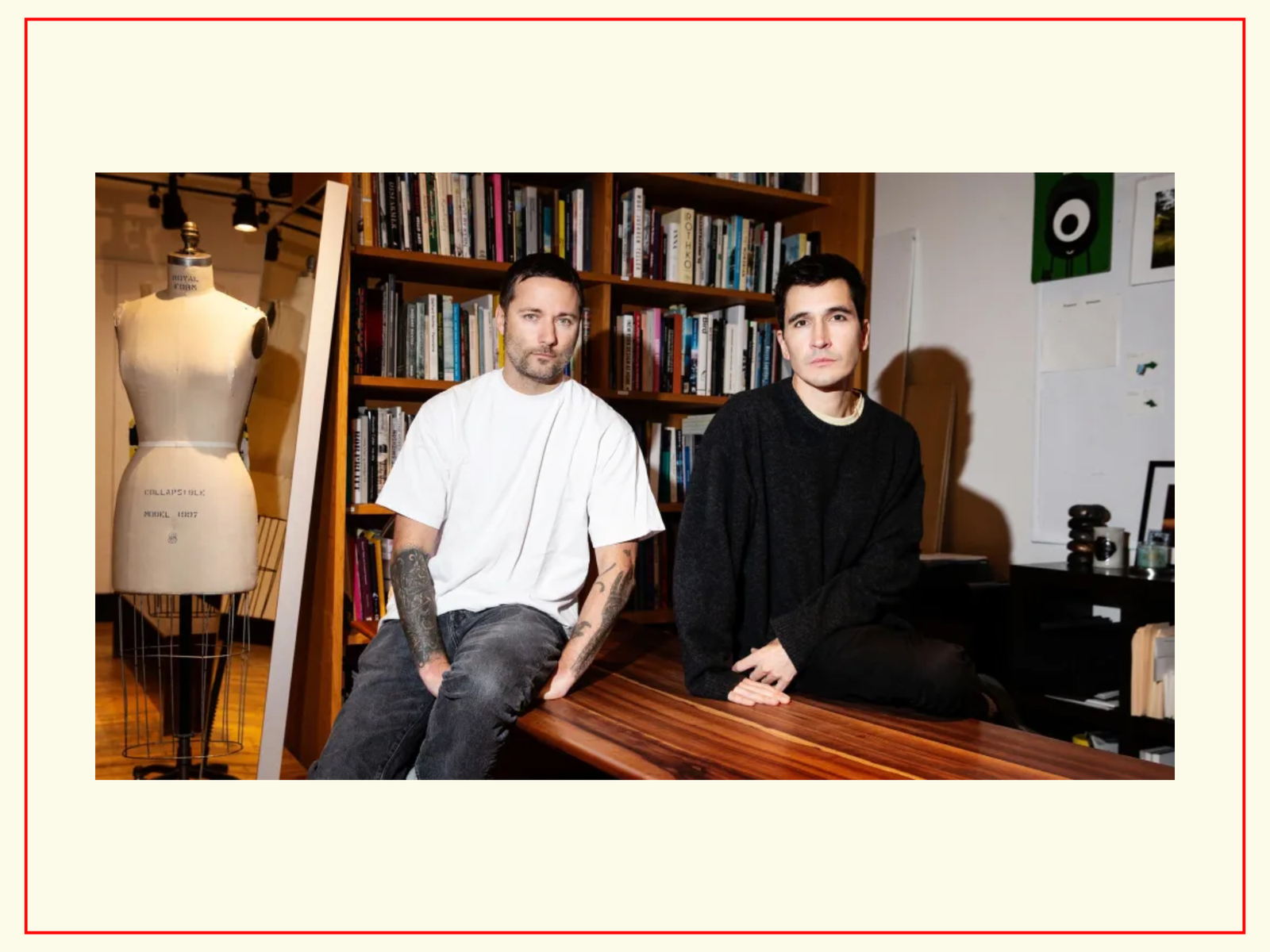Following the official announcement of Proenza Schouler’s appointment as creative directors of Loewe, supporters of outgoing designer Jonathan Anderson have formally acknowledged the peaceful transition of power and expressed their full support for the incoming leadership.
Though the structure of power remains oligarchic—concentrated within the executive corridors of LVMH—the process was carried out with the ceremonial dignity of a monarchy and received by the fashion public as a kind of aesthetic parliament.
The transition itself was seamless. No backlash campaigns. No stylist resignations. No anonymous callouts. The community maintained order. The archives were left undisturbed.
A Private Ceremony Marks the Formal Handover of Power
Sources close to the house confirmed that a private ceremonial handover took place inside the Loewe studio. Key creative codes—both literal and emotional—were entrusted to Jack McCollough and Lazaro Hernandez, who accepted the role with quiet composure. Anderson departed without fanfare, leaving behind a body of work that will be studied, referenced, and reissued for decades.
Proenza Schouler has issued no lengthy statement, but insiders describe their incoming vision as one of “structural continuity and directional restraint,” signaling a tonal shift away from surrealist maximalism toward controlled, cerebral elegance.
Supporters of Anderson, long admired for their deep attachment to his fringe-era legacy, responded not with panic, but with poise. “This is the rarest kind of moment in fashion,” said one editor. “One where the public is not consulted, but still somehow agrees.”
The industry, still healing from prior regime collapses, has cautiously embraced the stability. No one expects transparency—but everyone seems grateful for order.
For now, the oligarchy holds. The house endures. And the people of fashion—silenced, perhaps, but stylish—await what comes next.

Leave a Reply